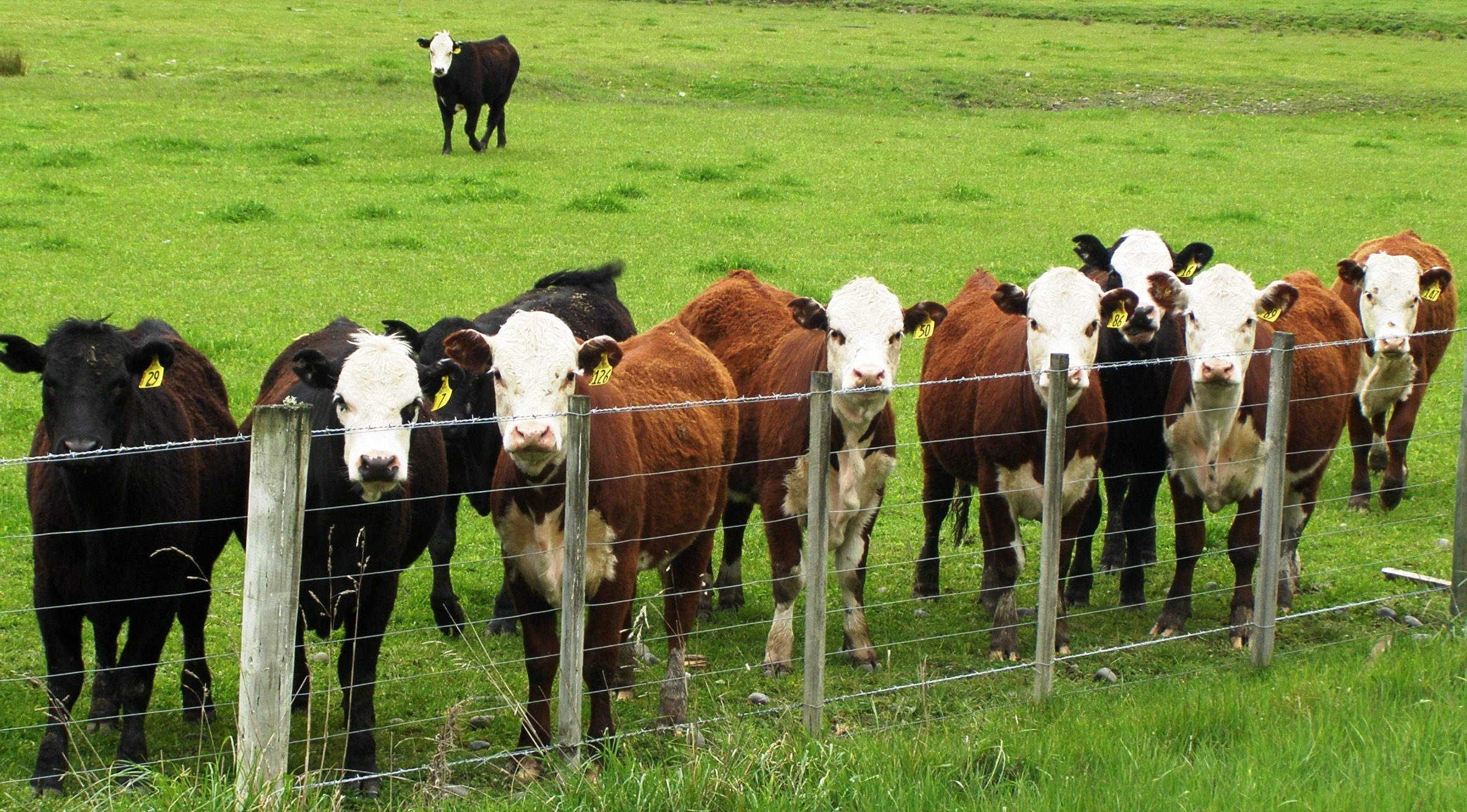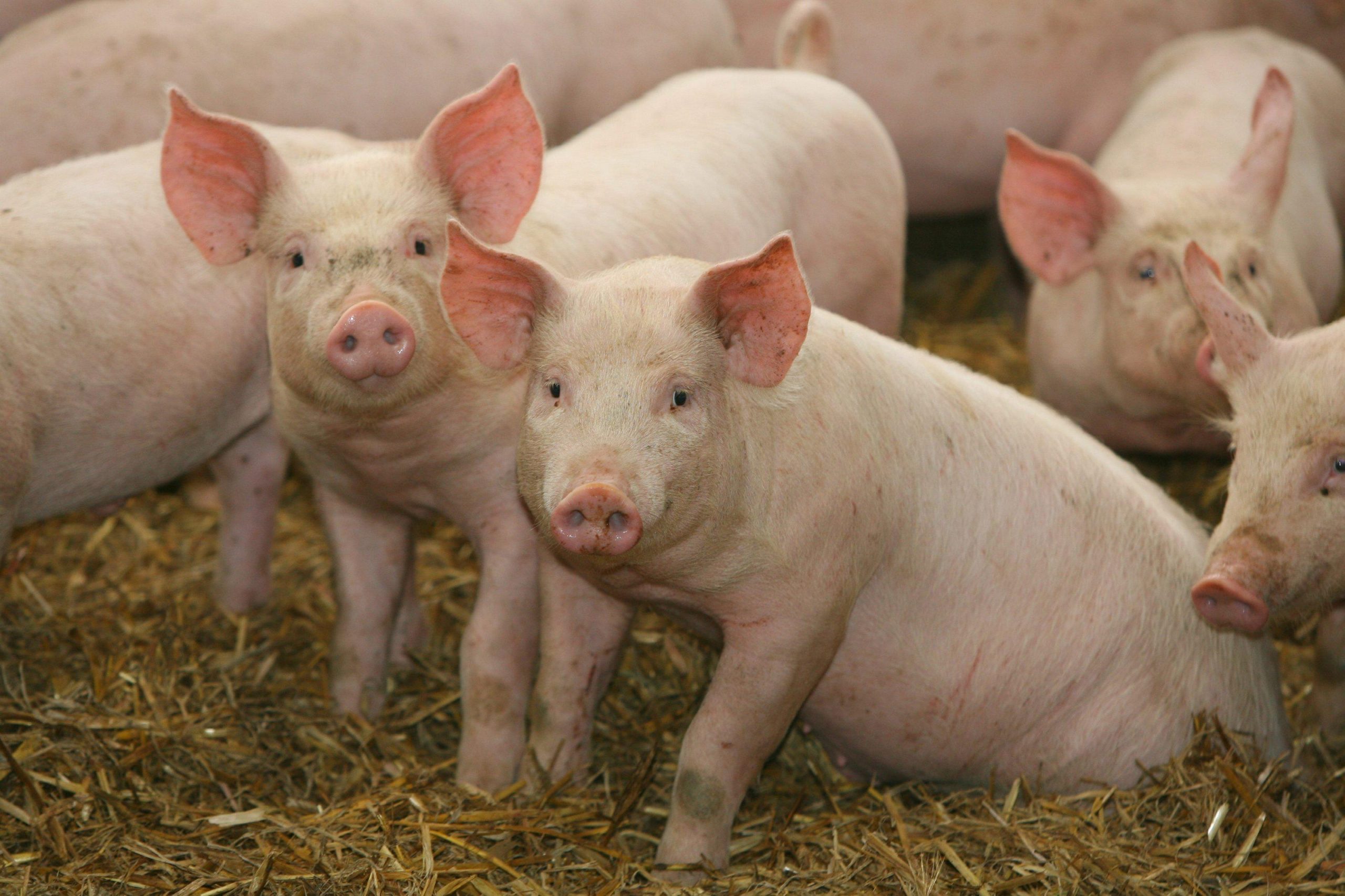We were early selling December lean hog futures in September. Our expectations were based on solid technical resistance that had built up near $0.645 per pound along with an early onset of seasonal weakness. Fortunately, our protective stop kept the loss manageable. December hog futures continued to climb through September. The mid-September head fake didn't fall far enough to to actually trigger a sell signal but it did fall far enough to setup a bearish divergence pattern triggered by yesterday's price action. We'll briefly review the premise for the current hog trade while illustrating the power of divergence analysis supplemented by the Commitment of Traders report.
 We stated September 4th in Futures Magazine that, "...barring the February to December of 2014 rally, which was aided by declining supply due to swine flu, the lean hog futures are at the upper end of their value range and face stiff technical resistance above $0.645 per pound in the December contract." We also reviewed seasonal analysis of the hog market stating that, "Seasonally, the hog futures have three dominant annual cycles. This begins with the mid-March to mid-May rally ahead of Memorial Day cookouts, the August to September mini rally ahead of Labor Day and finally, weakness comes into play from October through December. Given the market's recent rally, we expect the seasonal weakness to help turn the market lower from the overhead technical resistance."
We stated September 4th in Futures Magazine that, "...barring the February to December of 2014 rally, which was aided by declining supply due to swine flu, the lean hog futures are at the upper end of their value range and face stiff technical resistance above $0.645 per pound in the December contract." We also reviewed seasonal analysis of the hog market stating that, "Seasonally, the hog futures have three dominant annual cycles. This begins with the mid-March to mid-May rally ahead of Memorial Day cookouts, the August to September mini rally ahead of Labor Day and finally, weakness comes into play from October through December. Given the market's recent rally, we expect the seasonal weakness to help turn the market lower from the overhead technical resistance."
This sets the stage for the current short selling opportunity. We've labeled three points on the chart below as, "Divergence." Divergence occurs when market prices and market momentum fail to tell the same story. Bullish divergence occurs when a market tests or penetrates a recent low but registers a higher reading on our short-term momentum indicator. Meanwhile, a bearish divergence occurs when the market tests or pushes through a recent high but registers a lower reading on our short-term momentum indicator.

When we look for divergences in line with the commercial traders' momentum, we tend to have a speculative trading population caught holding the hot potato. Commercial buying on the test of a new low means that speculators were net sellers at that low. Obviously, this works the other way as well. If commercial traders are net sellers at the highs, that means that speculators were net buyers. These are the long and short traps so frequently discussed among traders.
Many traders employ divergences as a stand alone signal. We've found that combining them with the commercial traders' actions as published weekly in the Commitment of Traders report significantly boosts the strength of this time tested analysis technique. When we are able to combine these factors with timely seasonal analysis, so much the better. Trading requires consistently deploying your resources in a manner befitting your best, "hunch." That hunch is the combined knowledge of factors surrounding a given market at a given time. Even being dead right comes from a, "hunch." Understanding this precludes us from ever betting, "a bunch." Take the lumps and look for new opportunities, just like the hog market is forgiving our early September hunch.





